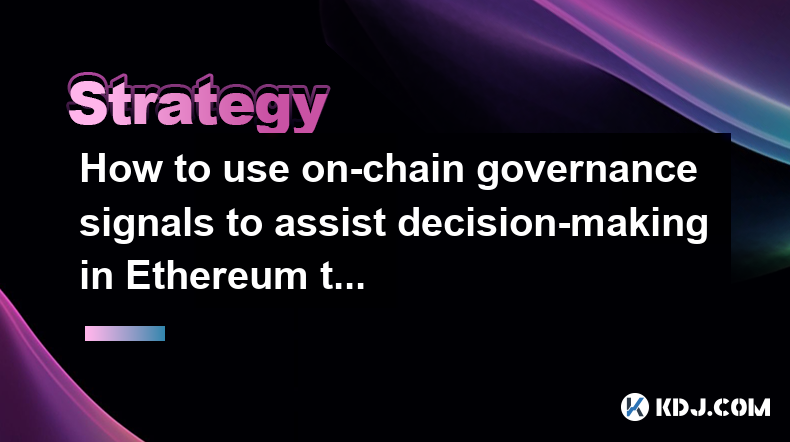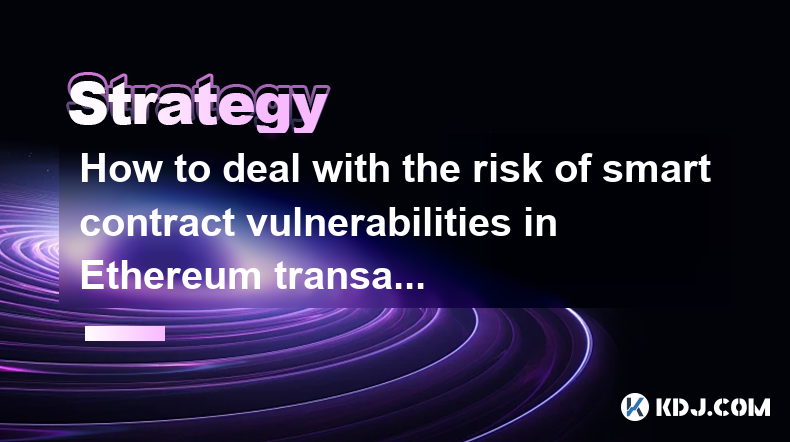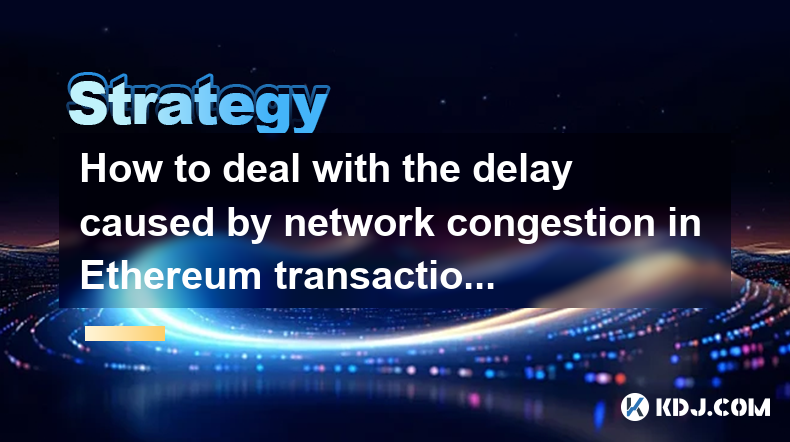-
 Bitcoin
Bitcoin $91,518.7898
-4.46% -
 Ethereum
Ethereum $2,486.1604
-8.96% -
 Tether USDt
Tether USDt $1.0000
-0.03% -
 XRP
XRP $2.2686
-8.99% -
 BNB
BNB $608.9389
-5.43% -
 Solana
Solana $140.3791
-12.56% -
 USDC
USDC $1.0000
0.00% -
 Dogecoin
Dogecoin $0.2110
-9.45% -
 Cardano
Cardano $0.6803
-8.72% -
 TRON
TRON $0.2357
-3.55% -
 Chainlink
Chainlink $14.9554
-11.54% -
 Stellar
Stellar $0.2950
-8.51% -
 Avalanche
Avalanche $21.6769
-10.16% -
 Sui
Sui $2.8167
-15.86% -
 Toncoin
Toncoin $3.4679
-7.84% -
 Litecoin
Litecoin $113.1664
-9.32% -
 UNUS SED LEO
UNUS SED LEO $8.8017
-9.91% -
 Shiba Inu
Shiba Inu $0.0...01377
-8.05% -
 Hedera
Hedera $0.1909
-6.96% -
 MANTRA
MANTRA $7.7669
-8.33% -
 Polkadot
Polkadot $4.3696
-9.36% -
 Hyperliquid
Hyperliquid $19.2277
-12.61% -
 Ethena USDe
Ethena USDe $0.9999
-0.02% -
 Bitcoin Cash
Bitcoin Cash $290.6446
-8.85% -
 Bitget Token
Bitget Token $4.5834
-7.83% -
 Dai
Dai $0.9998
-0.02% -
 Uniswap
Uniswap $7.8223
-10.46% -
 Monero
Monero $228.1069
-2.97% -
 NEAR Protocol
NEAR Protocol $2.9626
-12.13% -
 Pepe
Pepe $0.0...07898
-13.04%
How to make money in the currency secondary market
In the currency secondary market, traders utilize risk management techniques such as diversification, position sizing, and stop-loss orders to safeguard their investments against potential market volatility.
Jan 09, 2025 at 12:36 am

Key Points:
- Understand the concept of a currency secondary market
- Develop a trading strategy based on market analysis and risk tolerance
- Utilize various trading techniques such as spot, futures, and options
- Manage risk through diversification, position sizing, and stop-loss orders
- Stay updated with industry news and regulations to make informed decisions
Understanding the Currency Secondary Market:
The currency secondary market is a decentralized marketplace where individuals and institutions can trade cryptocurrencies outside of the initial exchanges where they were first issued. It allows for continued liquidity and price discovery beyond the initial offering. Unlike centralized exchanges, the secondary market operates in a peer-to-peer manner, where traders interact directly with each other without intermediaries.
Developing a Trading Strategy:
a. Identify your risk tolerance and investment goals: Determine the level of risk you are comfortable with and the financial objectives you aim to achieve. This will guide your trading strategy and investment decisions.
b. Conduct market analysis: Research market trends, identify patterns, and analyze technical indicators to forecast price movements and potential trading opportunities. Consider a combination of fundamental analysis (examining economic conditions, project milestones, and news events) and technical analysis (studying price charts and patterns) to make informed decisions.
c. Choose a trading strategy: Select a trading style that aligns with your risk tolerance, market outlook, and trading skills. Common strategies include scalping (frequent trades to capture small profits), range trading (trading within a specific price range), and trend following (trading in the direction of an established market trend).
Trading Techniques:
a. Spot trading: Involves buying and selling cryptocurrencies at the current market price, resulting in immediate ownership of the assets. It is suited for short-term traders or those looking to hold coins for the long term.
b. Futures trading: Allows for speculation on future price movements using contracts that represent the underlying cryptocurrency. Futures contracts provide leverage, enabling traders to multiply potential profits but also increasing the risk of losses.
c. Options trading: Involves acquiring contracts that give the right, but not the obligation, to buy or sell an underlying cryptocurrency at a specific price within a certain timeframe. Options offer flexibility, risk management tools, and the opportunity for income generation.
Managing Risk:
a. Diversify your portfolio: Spread investments across multiple cryptocurrencies to mitigate concentration risk and reduce the impact of market fluctuations on any single asset.
b. Control position sizing: Determine the amount of each cryptocurrency to trade based on your risk tolerance and account size. Avoid trading with more capital than you can afford to lose.
c. Utilize stop-loss orders: Place orders that automatically sell an asset if it falls below a predefined price level, limiting potential losses in adverse market conditions.
Staying Informed:
a. Follow industry news and updates: Monitor cryptocurrency news sources, social media platforms, and community forums to stay abreast of market events, project developments, and regulatory changes. This information can provide valuable insights for trading decisions.
b. Research tokens and projects: Conduct due diligence on cryptocurrencies and underlying projects before investing to understand their fundamentals, market adoption, and potential risks.
FAQs:
Q: What are the advantages of trading in the currency secondary market?
A: Liquidity, continuous price discovery, and access to a wide range of cryptocurrencies are key advantages of the secondary market. It offers flexibility, trading opportunities, and the potential for both short-term and long-term profit generation.
Q: Is it possible to consistently make money in the currency secondary market?
A: Consistent profitability in any financial market is challenging and requires a combination of skill,
Disclaimer:info@kdj.com
The information provided is not trading advice. kdj.com does not assume any responsibility for any investments made based on the information provided in this article. Cryptocurrencies are highly volatile and it is highly recommended that you invest with caution after thorough research!
If you believe that the content used on this website infringes your copyright, please contact us immediately (info@kdj.com) and we will delete it promptly.
- The Best Cryptos to Buy Right Now: Arctic Pablo Coin, Official Melania Meme, and Bonk Lead the Pack
- 2025-02-25 14:30:29
- The Best Meme Coins to Buy Now: Arctic Pablo Coin (APC), Popcat, Peanut the Squirrel, and OFFICIAL TRUMP
- 2025-02-25 14:30:29
- BitMart Research: BNB Chain's Strategic Initiatives and Growing Influence in the MEME Sector
- 2025-02-25 14:30:29
- Sam Bankman-Fried Tweets From Prison, Briefly Spiking FTX Token FTT
- 2025-02-25 14:30:29
- Can Ripple’s XRP Overcome Market Forces and Rebound?
- 2025-02-25 14:30:29
- 1965 Chevrolet Corvair Corsa Turbo
- 2025-02-25 14:30:29
Related knowledge

How to utilize long-short hedging strategies in Ethereum trading?
Feb 25,2025 at 09:07am
Key Points:Understand the concept of long-short hedgingChoose appropriate assets for long and short positionsManage risk and leverageMonitor positions and adjust as neededExplore advanced strategiesHow to Utilize Long-Short Hedging Strategies in Ethereum Trading:1. Comprehend Long-Short HedgingLong-short hedging involves simultaneously holding opposite ...

How to use on-chain governance signals to assist decision-making in Ethereum transactions?
Feb 25,2025 at 07:06am
Key PointsOn-chain governance signals allow individuals to participate and influence the decision-making process of Ethereum-related projects and protocols.These signals help users make more informed decisions, especially when performing complex transactions involving Ethereum or dealing with advanced protocols like decentralized exchanges.Monitoring on...

How to deal with the risk of smart contract vulnerabilities in Ethereum transactions?
Feb 25,2025 at 02:25pm
Key PointsUnderstand the nature of smart contract vulnerabilities and their potential impact on Ethereum transactions.Implement best practices for smart contract development to mitigate vulnerabilities.Utilize tools and services for scanning and auditing smart contracts.Monitor smart contract activity and transactions for suspicious or malicious behavio...

How to deal with the delay caused by network congestion in Ethereum transactions?
Feb 25,2025 at 12:42pm
Key Points:Understanding Network Congestion in EthereumStrategies for Minimizing Transaction DelaysAdvanced Techniques for Expediting TransactionsUnderstanding Network Congestion in EthereumEthereum processes transactions sequentially, leading to congestion when transaction volume exceeds network capacity.Network congestion is caused by an influx of tra...

How to deal with black swan events in Ethereum trading?
Feb 25,2025 at 05:18am
Key Points:Understand the nature and characteristics of black swan eventsImplement risk management strategies to mitigate potential lossesEmploy advanced trading techniques to exploit market fluctuationsStay informed and adaptable to evolving market conditionsLeverage social media and community support for insights and guidanceHow to Deal with Black Swa...

How to use technical indicators to make decisions in Ethereum transactions?
Feb 25,2025 at 10:06am
Key Points:Identify market trends and price action using technical indicators.Employ moving averages to gauge price direction and support/resistance levels.Utilize Bollinger Bands to determine market volatility and potential reversals.Leverage Relative Strength Index (RSI) to measure market momentum.Implement Stochastic Oscillator to identify overbought...

How to utilize long-short hedging strategies in Ethereum trading?
Feb 25,2025 at 09:07am
Key Points:Understand the concept of long-short hedgingChoose appropriate assets for long and short positionsManage risk and leverageMonitor positions and adjust as neededExplore advanced strategiesHow to Utilize Long-Short Hedging Strategies in Ethereum Trading:1. Comprehend Long-Short HedgingLong-short hedging involves simultaneously holding opposite ...

How to use on-chain governance signals to assist decision-making in Ethereum transactions?
Feb 25,2025 at 07:06am
Key PointsOn-chain governance signals allow individuals to participate and influence the decision-making process of Ethereum-related projects and protocols.These signals help users make more informed decisions, especially when performing complex transactions involving Ethereum or dealing with advanced protocols like decentralized exchanges.Monitoring on...

How to deal with the risk of smart contract vulnerabilities in Ethereum transactions?
Feb 25,2025 at 02:25pm
Key PointsUnderstand the nature of smart contract vulnerabilities and their potential impact on Ethereum transactions.Implement best practices for smart contract development to mitigate vulnerabilities.Utilize tools and services for scanning and auditing smart contracts.Monitor smart contract activity and transactions for suspicious or malicious behavio...

How to deal with the delay caused by network congestion in Ethereum transactions?
Feb 25,2025 at 12:42pm
Key Points:Understanding Network Congestion in EthereumStrategies for Minimizing Transaction DelaysAdvanced Techniques for Expediting TransactionsUnderstanding Network Congestion in EthereumEthereum processes transactions sequentially, leading to congestion when transaction volume exceeds network capacity.Network congestion is caused by an influx of tra...

How to deal with black swan events in Ethereum trading?
Feb 25,2025 at 05:18am
Key Points:Understand the nature and characteristics of black swan eventsImplement risk management strategies to mitigate potential lossesEmploy advanced trading techniques to exploit market fluctuationsStay informed and adaptable to evolving market conditionsLeverage social media and community support for insights and guidanceHow to Deal with Black Swa...

How to use technical indicators to make decisions in Ethereum transactions?
Feb 25,2025 at 10:06am
Key Points:Identify market trends and price action using technical indicators.Employ moving averages to gauge price direction and support/resistance levels.Utilize Bollinger Bands to determine market volatility and potential reversals.Leverage Relative Strength Index (RSI) to measure market momentum.Implement Stochastic Oscillator to identify overbought...
See all articles

















































































